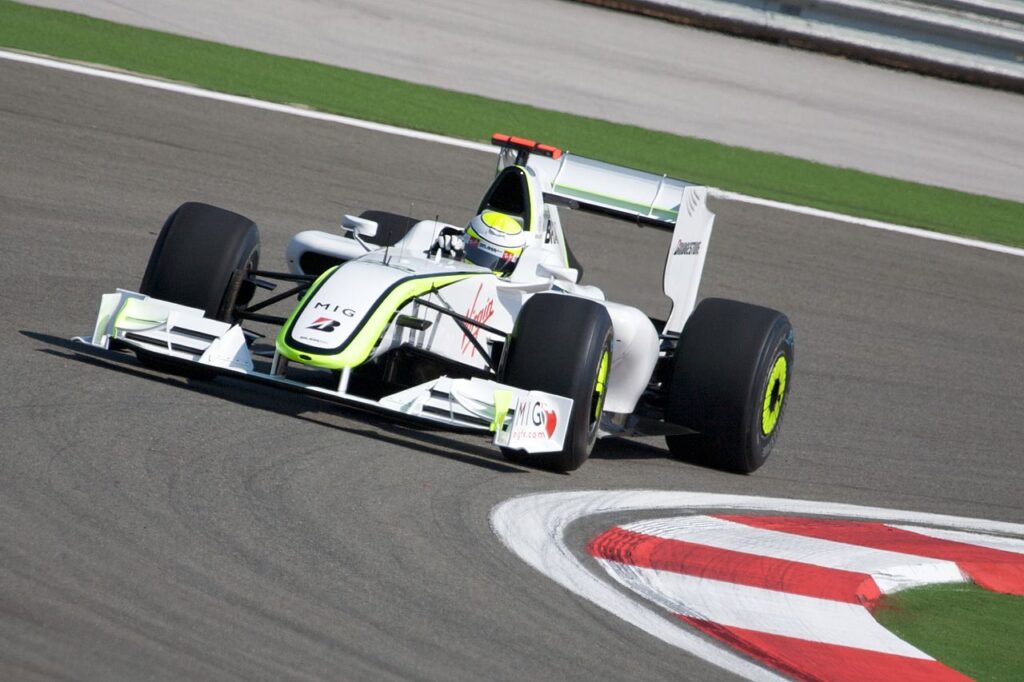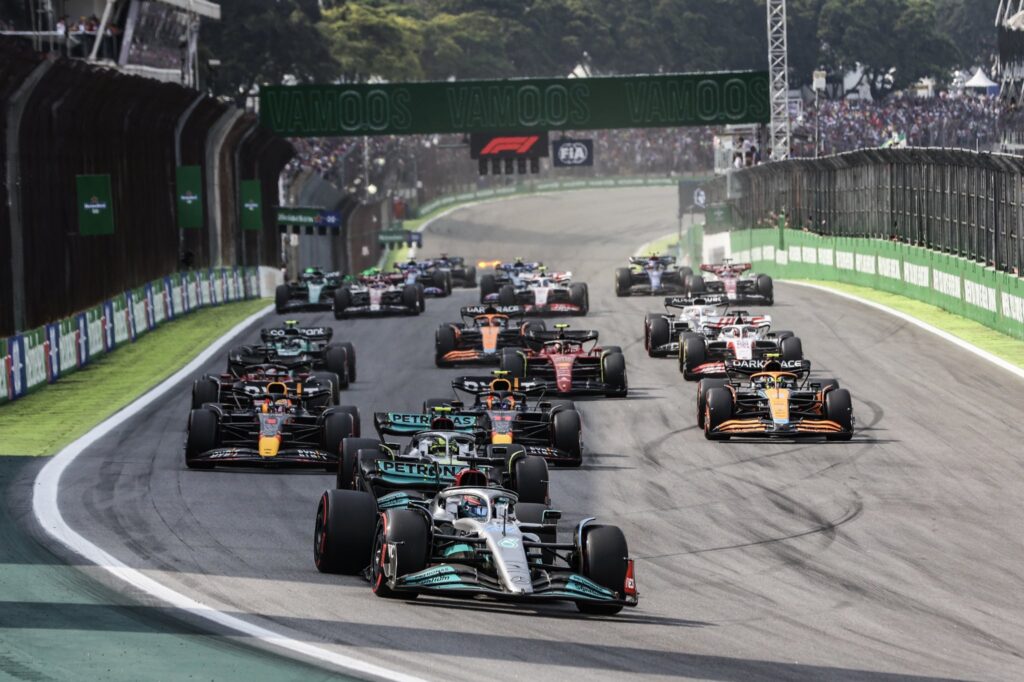In 2009, Formula One introduced significant changes to the regulations that govern the sport, aimed at improving safety, reducing costs, and increasing the spectacle of the races. These changes marked a turning point in the history of Formula One, bringing about a new era of technical innovation and competitiveness. In this article, we will explore the technical aspects of the 2009 regulation change in Formula One racing.
One of the major changes introduced in 2009 was a reduction in the size of the engine used in Formula One cars. The engines were reduced from a capacity of 2.4 liters to 2.2 liters, resulting in a reduction in power output from approximately 800 horsepower to 700 horsepower. The reduction in engine size was aimed at reducing costs, as well as improving fuel efficiency and reducing emissions.
GET ONE MONTH FREE AND LEARN HOW TO BUILD YOUR OWN WEBSITE HERE
Another key change introduced in 2009 was the adoption of a standard gearbox and hydraulic system. This change required all teams to use a standardized gearbox, hydraulic system, and differential, which helped to reduce costs and level the playing field between teams. The standardized gearbox was designed to be more robust and reliable, improving the overall reliability of the cars.
A major change was also made to the aerodynamics of the cars, with the introduction of a standardized front wing and a reduction in the size of the rear wing. The new front wing was designed to improve the flow of air over the car, providing better grip and handling, while the reduction in the size of the rear wing reduced drag and improved straight-line speed.
Related Video
The 2009 regulation change also brought about changes to the weight of the cars, with the minimum weight limit being increased from 605 kg to 620 kg. This change was aimed at improving safety, as it allowed for the addition of more safety equipment, such as reinforced side impact protection and larger fuel tanks.
Finally, the 2009 regulation change introduced changes to the tire specifications, with the introduction of wider and softer tires. The wider tires provided increased grip and handling, while the softer compounds allowed for better traction and improved performance in wet conditions. The tire change was aimed at improving the spectacle of the races, as it made it possible for drivers to push their cars to the limit and provided more exciting racing for fans.
The 2009 regulation change in Formula One racing brought about significant technical changes that improved safety, reduced costs, and increased the spectacle of the races. These changes marked a turning point in the history of Formula One, paving the way for a new era of technical innovation and competitiveness that continues to this day. Whether you are a fan of the sport or a student of automotive technology, understanding the impact of the 2009 regulation change is a fascinating and rewarding subject.





